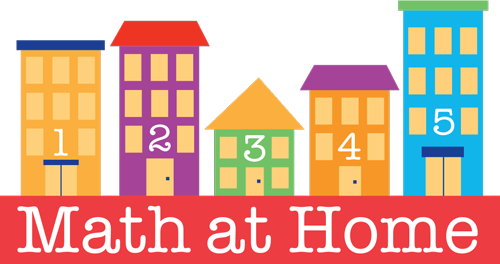I recently sent out a questionnaire to several people looking for some thoughts about young children and math. I chose the respondents using only two, but important, parameters. 1. They had to be educators (in some capacity). 2. They had to parents (in some capacity). That means that I sent the questionnaire out to dozens […]
Sometimes all it takes is a few pieces of paper and a stapler and you have the template for a mini-book that can be written and illustrated by the children in your program. I used to make these using three sheets of simple copy paper folded in half and stapled in the middle. I placed […]
Classify objects and count the number of objects in each category. CCSS.Math.Content.K.MD.B.3 Classify objects into given categories; count the numbers of objects in each category and sort the categories by count.1 1 Limit category counts to be less than or equal to 10 ___________________________________________________________________ This second part of the Measurement and Data Standard of the […]
Classify objects and count the number of objects in each category. CCSS.Math.Content.K.MD.B.3 Classify objects into given categories; count the numbers of objects in each category and sort the categories by count.1 ____________________________________________________________________ Well you can’t get more straightforward than that, now can you? The ability to sort and classify into straightforward categories comes fairly easily […]
I don’t normally think of pens, paper, or tape as “manipulatives” but since we are looking at bookmaking as a theme this month, I think they are worth exploring. And so I ask the question, “Do materials matter?” I used to think they didn’t. Newsprint sufficed as a canvas for painting and recycled office […]
I don’t think Larry or I recognized it at the time, but Noah’s interest in number started when he was really young. When other children were beginning to write the letters in their names, Noah was writing numbers. When other children were reciting their A, B, C’s Noah was counting (forwards and backwards). The other […]
I have written about Sid a couple of times (remember, I kept called him ‘Sid the Science Guy’ instead of ‘kid’?). This article describes not only what I believe – that Sid is cool – but that we as adults can learn from him as well. Check it out here.
This article Promising Trends, but Discouraging Numbers, in Early Childhood Education Workforce published on the New America Foundation blog outlines the current workforce issues in early education and care with specific references to Home-Based Child Care providers. The data comes from a paper entitled: The early childhood care and education workforce from 1990 through 2010: […]
This website offers explorers a way to look up practically any mathematical concept imaginable. It is a virtual dictionary of math terms, but the real reason I like it is that it is ILLUSTRATED so that visual learners (like me) can make sense of the definitions. For example, I picked a random mathematical term – […]
The fourth area addressed in the Mathematics Core for kindergarten is “Measurement & Data”. I will unpack this one over this week and next since it is broader than the 2 previous areas. Describe and compare measurable attributes. CCSS.Math.Content.K.MD.A.1 Describe measurable attributes of objects, such as length or weight. Describe several measurable attributes of a […]
